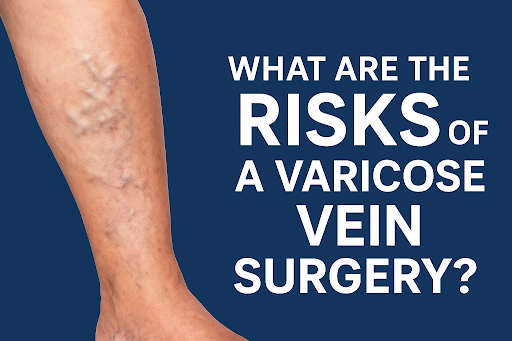Platelet-Rich Plasma (PRP) and Bone Marrow Concentrate (BMC) have emerged as leading options for ligament repair. Both treatments offer promising alternatives to traditional surgical approaches, harnessing the body’s innate healing mechanisms to promote tissue regeneration and repair. This article explores the differences between PRP and BMC, their mechanisms of action, and their respective advantages and limitations to help patients and clinicians make informed decisions about the right injection for ligament repair.
Understanding PRP and BMC
Platelet-Rich Plasma (PRP)
PRP therapy involves extracting a patient’s blood, processing it to concentrate the platelets, and then injecting this concentrated plasma into the injured ligament. Platelets contain growth factors and proteins essential for healing and tissue regeneration. By increasing the local concentration of these growth factors, PRP aims to accelerate the body’s natural healing processes.
Bone Marrow Concentrate (BMC)
BMC therapy, on the other hand, involves extracting bone marrow, typically from the iliac crest (hip bone), and processing it to concentrate the stem cells and other regenerative cells present in the marrow. The concentrated mixture is then injected into the damaged ligament. Stem cells have the unique ability to differentiate into various cell types, including those needed for ligament repair, providing a potent stimulus for tissue regeneration.
Mechanisms of Action
PRP
PRP works primarily through the action of growth factors released by platelets. These growth factors attract reparative cells to the injury site, enhance cell proliferation, and stimulate the production of extracellular matrix, which forms the scaffold for new tissue. PRP also has anti-inflammatory properties, which can reduce pain and swelling in the affected area.
BMC
BMC’s effectiveness lies in its high concentration of stem cells, particularly mesenchymal stem cells (MSCs), which can differentiate into ligament cells and other connective tissues. BMC also contains various growth factors and cytokines that support tissue repair and regeneration. The presence of MSCs enables BMC to not only stimulate healing but also to replace damaged cells with new, healthy ones.
Advantages and Limitations
PRP
Advantages
- Minimally invasive and relatively simple to prepare.
- Low risk of complications since it uses the patient’s own blood.
- Effective in reducing inflammation and pain.
- Can be administered in an outpatient setting with minimal downtime.
Limitations
- May require multiple injections to achieve optimal results.
- Efficacy can vary depending on the concentration of platelets and the specific injury.
BMC
Advantages
- Contains a higher concentration of regenerative cells, including stem cells.
- Potential for more robust and comprehensive tissue regeneration.
- Can address more severe ligament injuries.
Limitations
- More invasive procedure to extract bone marrow.
- Requires specialized equipment and expertise for preparation.
- Higher cost compared to PRP.
Choosing the Right Injection for Ligament Repair
The choice between PRP and BMC for ligament repair depends on various factors, including the severity of the injury, patient preferences, and the clinician’s expertise. For mild to moderate ligament injuries, PRP may be sufficient due to its simplicity and effectiveness in reducing pain and inflammation. For more severe injuries or cases where previous treatments have failed, BMC might be the better option given its higher regenerative potential.
Patients should consider their pain levels, activity goals, and recovery timeline when deciding between PRP and BMC. Those looking for a quicker, less invasive option with fewer immediate recovery demands might lean towards PRP. Conversely, patients with significant ligament damage or those seeking a more comprehensive regenerative approach may benefit more from BMC, despite its higher cost and more invasive nature.
Conclusion
Both PRP and BMC offer promising avenues for ligament repair, each with unique advantages and considerations. PRP is an excellent choice for less severe injuries, providing effective pain relief and promoting healing with minimal invasiveness. BMC, with its rich concentration of stem cells, offers a more potent regenerative option for more serious injuries. Consulting with a knowledgeable clinician can help determine the best treatment approach, tailored to the specific needs and circumstances of the patient.








